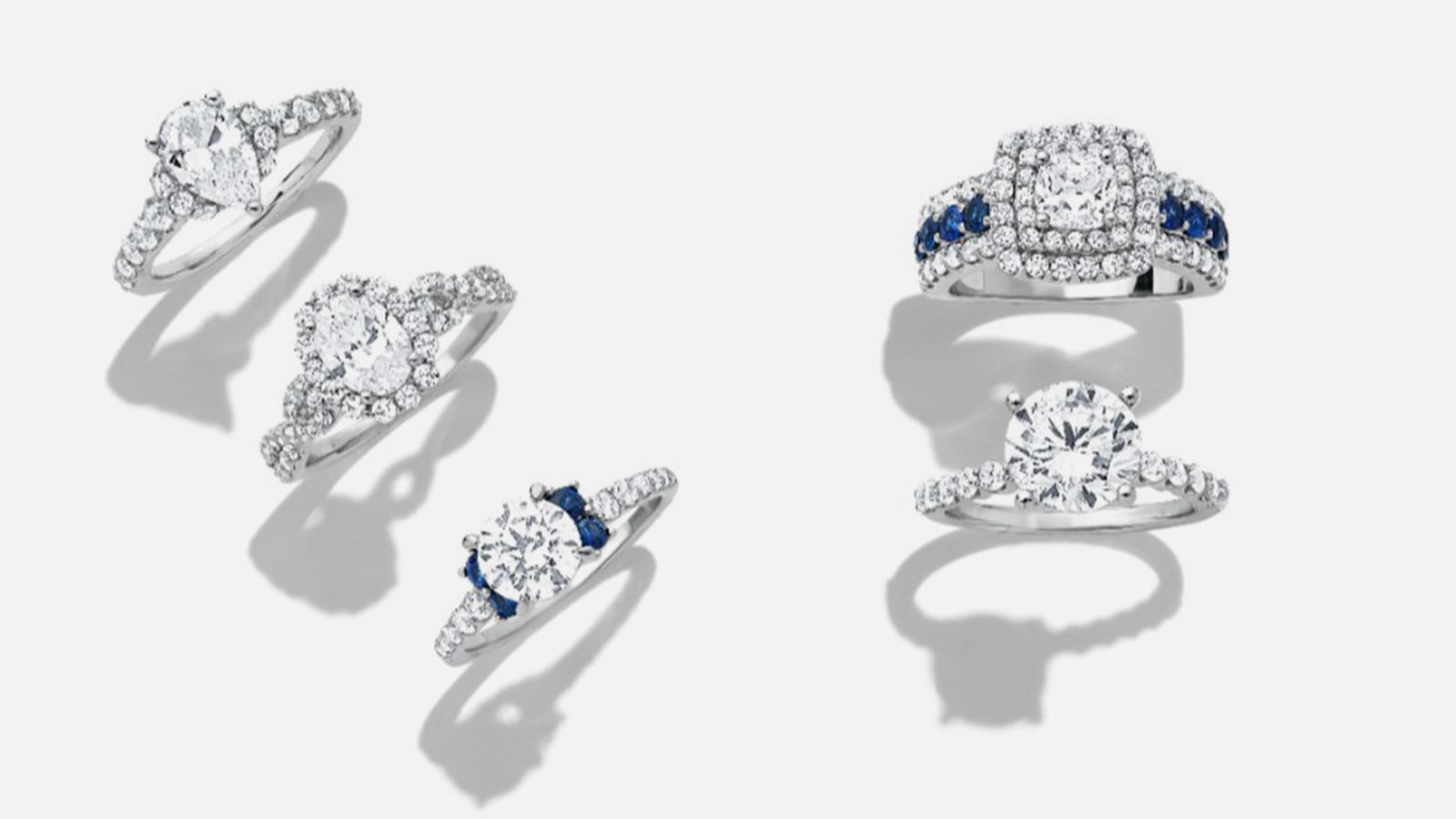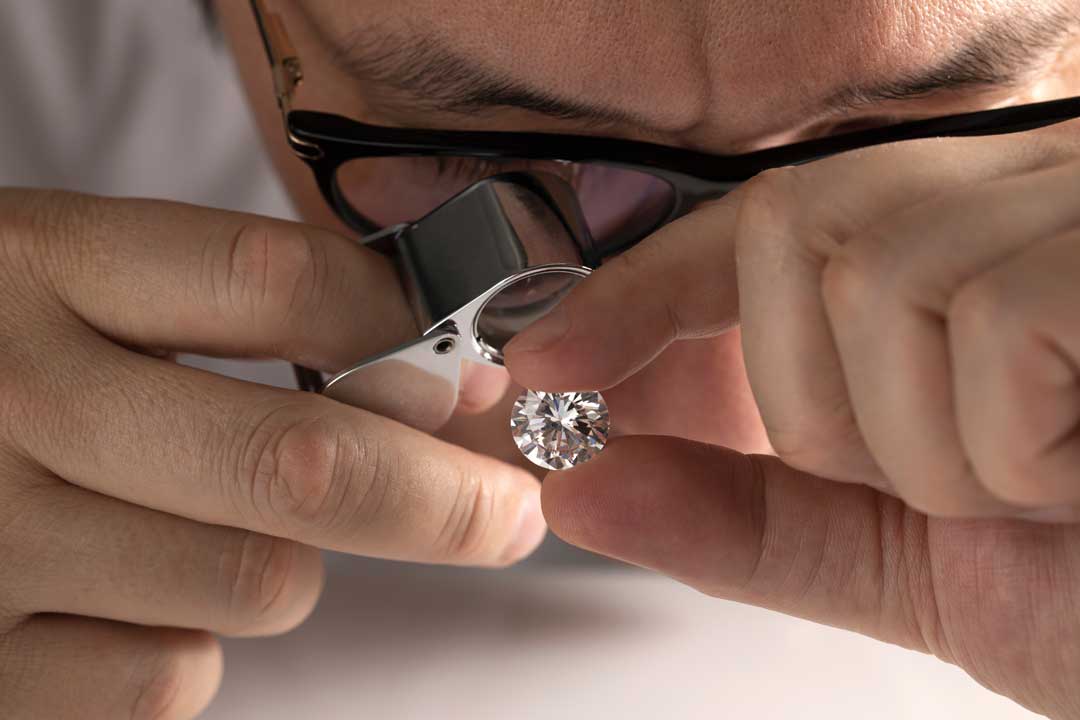In the realm of luxury and elegance, diamonds stand as timeless symbols of beauty and prestige. However, with advancements in technology and ethical considerations, a new player has emerged – Lab Grown Diamonds 4Cs. These jewels, cultivated in controlled environments, possess their own unique allure. But how do we evaluate their quality? Enter the 4Cs – Cut, Clarity, Carat, and Color. In this comprehensive guide, we’ll delve into each aspect, unraveling the mysteries behind lab-grown diamonds and their Im Labor gezüchtete Diamanten 4Cs.
I. The Basics: What are Lab-Grown Diamonds?
Lab Grown Diamonds 4Cs, also known as cultured or synthetic diamonds, are created through advanced technological processes that mimic the natural conditions under which diamonds form deep within the Earth’s mantle. These gems share the same chemical composition and physical properties as their mined counterparts, offering a sustainable and ethically conscious alternative to traditional diamonds.
A. The Science Behind Lab-Grown Diamonds
Lab diamonds are cultivated using two primary methods: High Pressure High Temperature (HPHT) and Chemical Vapor Deposition (CVD). In HPHT, carbon is subjected to extreme pressure and temperature to crystallize into diamond structures. Conversely, CVD involves the deposition of carbon atoms onto a substrate, forming diamond layers over time.
B. Ethical and Environmental Considerations
One of the most compelling advantages of Lab Grown Diamonds 4Cs is their ethical and environmental footprint. Unlike mined diamonds, which often involve labor and environmental exploitation, lab-grown diamonds are produced in controlled settings, free from such concerns. Additionally, their production requires significantly less energy and resources, making them a sustainable choice for conscientious consumers.
II. Decoding the 4Cs: Evaluating Lab-Grown Diamonds
A. Cut: The Brilliance Factor
The cut of a diamond refers to its proportions, symmetry, and polish, all of which directly influence its brilliance and sparkle. Lab-grown diamonds, like their natural counterparts, are meticulously cut to optimize light reflection and refraction, resulting in mesmerizing radiance.
B. Clarity: The Window to Perfection
Clarity measures the presence of internal and external imperfections, known as inclusions and blemishes, within a diamond. Lab-grown diamonds typically exhibit exceptional clarity due to the controlled conditions of their formation, offering pristine beauty without the natural flaws often found in mined diamonds.
C. Carat: Size Matters, but Quality Reigns
Carat weight determines the size of a diamond, with one carat equaling 200 milligrams. While larger lab-grown diamonds are available, it’s essential to prioritize quality over sheer size. Opting for a slightly smaller diamond with superior cut, clarity, and color can result in a more stunning and valuable gem.
D. Color: From Ice White to Fancy Hues
The color grade of a diamond ranges from D (colorless) to Z (light yellow or brown), with the absence of color being the most desirable trait. Lab-grown diamonds offer a spectrum of hues, from icy whites to vivid fancy colors, allowing for greater customization and personalization.
III. Making an Informed Choice: Why Choose Lab-Grown Diamonds?
In a world increasingly focused on sustainability and ethical consumption, lab-grown diamonds offer a compelling alternative to mined diamonds. By opting for lab-grown diamonds, consumers can enjoy exquisite beauty with a clear conscience, knowing that their purchase supports innovation, ethical practices, and environmental stewardship.
A. Sustainability and Ethics
Lab-grown diamonds are produced with minimal environmental impact and without the ethical concerns associated with traditional diamond mining. From reducing carbon emissions to eliminating the exploitation of labor, choosing lab-grown diamonds aligns with values of sustainability and social responsibility.
B. Exceptional Quality and Value
Contrary to misconceptions, lab-grown diamonds exhibit exceptional quality, often surpassing the standards of natural diamonds in terms of purity, brilliance, and value. With lower production costs and ethical advantages, lab-grown diamonds offer excellent value for discerning consumers seeking both beauty and conscience.
IV. Conclusion: Embracing a Brighter Future with Lab-Grown Diamonds
As we navigate towards a more sustainable and ethical future, lab-grown diamonds shine as beacons of innovation and responsibility. By understanding the Lab Grown Diamonds 4Cs – Cut, Clarity, Carat, and Color – consumers can confidently explore the world of lab-grown diamonds, unlocking a realm of unparalleled beauty, quality, and integrity.
In the journey towards sustainability and ethical consumption, every choice matters. By choosing lab-grown diamonds, we not only adorn ourselves with exquisite jewels but also contribute to a brighter, more brilliant future for generations to come.








